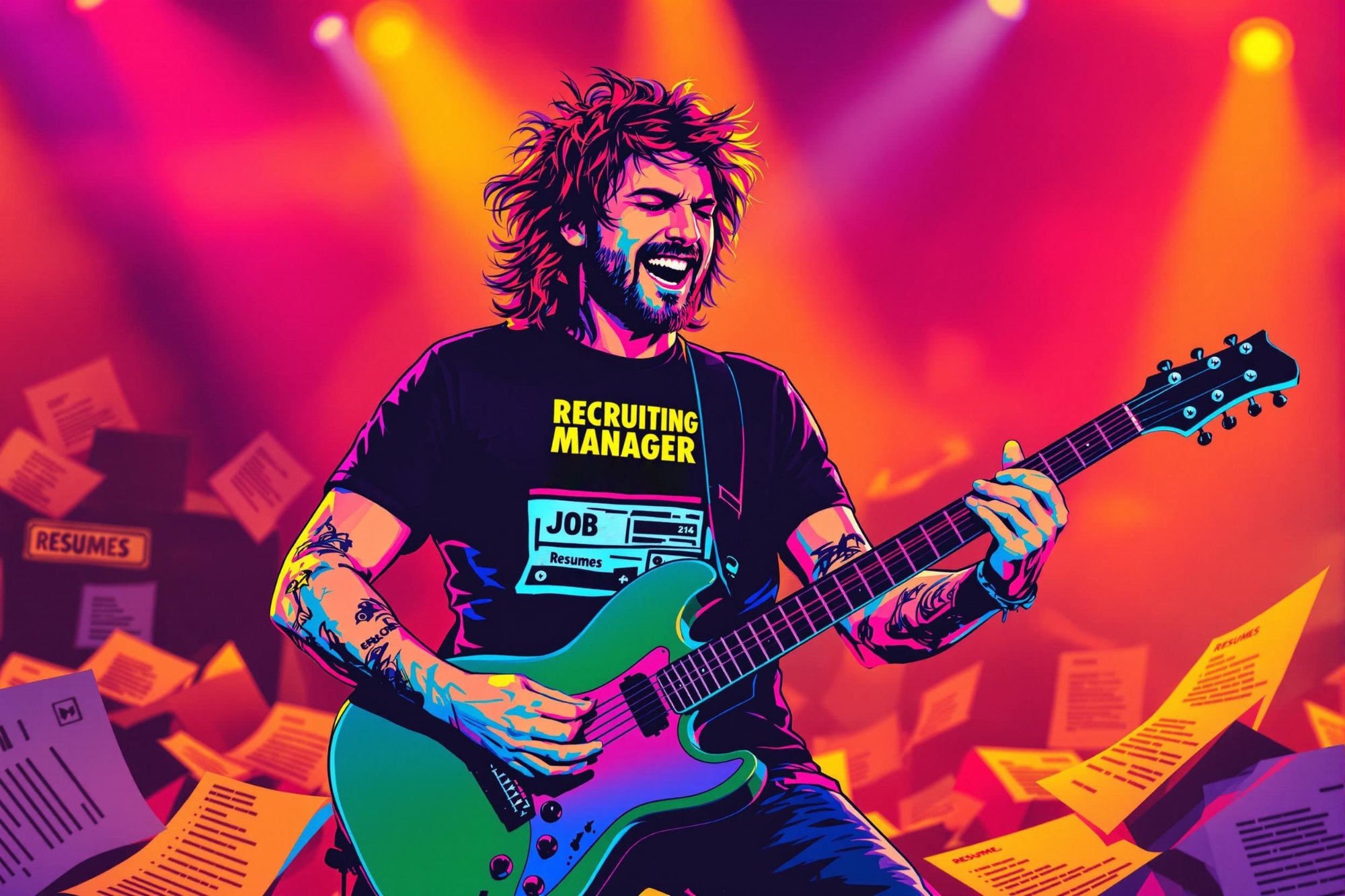
Storyboard
A storyboard is like a comic-strip version of a story or scene before it becomes animation or manga. It's a series of drawings that show how each scene will look, helping everyone on the team understand the flow of the story, camera angles, and character positions. Think of it as a visual blueprint that guides artists, animators, and directors. In manga and animation production, storyboards help save time and money by planning everything out before the expensive animation or detailed artwork begins. When you see this on a resume, it means the person can plan and visualize scenes, which is a crucial skill in animation and manga creation.
Examples in Resumes
Created detailed Storyboards for a 12-episode anime series
Developed character movements and scene transitions through Storyboard planning
Led a team of artists in Storyboarding a manga chapter sequence
Collaborated with directors to revise Storyboard layouts for key action scenes
Typical job title: "Storyboard Artists"
Also try searching for:
Where to Find Storyboard Artists
Online Communities
Professional Networks
Industry Events
Example Interview Questions
Senior Level Questions
Q: How do you manage a storyboard project when working with tight deadlines?
Expected Answer: A senior storyboard artist should explain their process for prioritizing scenes, managing team workflow, and maintaining quality while meeting deadlines. They should mention experience with revisions and communication with directors.
Q: How do you handle creative differences between the director's vision and your storyboard ideas?
Expected Answer: Should demonstrate diplomatic problem-solving skills, ability to balance creative input while respecting the director's vision, and experience in presenting alternative solutions constructively.
Mid Level Questions
Q: How do you ensure continuity between scenes in your storyboards?
Expected Answer: Should explain their method for tracking character positions, maintaining consistent style, and ensuring smooth transitions between scenes. Should mention tools or systems they use to stay organized.
Q: What's your process for adapting written scripts into storyboards?
Expected Answer: Should describe their approach to visualizing written content, breaking down scripts into key moments, and choosing effective camera angles to tell the story.
Junior Level Questions
Q: What basic elements do you include in each storyboard panel?
Expected Answer: Should mention basic components like character positioning, camera angles, movement arrows, scene numbers, and any dialogue or action notes.
Q: What tools do you use for creating storyboards?
Expected Answer: Should be able to discuss both traditional and digital tools, basic software knowledge, and understanding of standard storyboard formats.
Experience Level Indicators
Junior (0-2 years)
- Basic drawing and sketching abilities
- Understanding of panel layout
- Basic storytelling techniques
- Knowledge of standard storyboard formats
Mid (2-5 years)
- Advanced scene composition
- Efficient workflow management
- Digital storyboarding tools
- Strong visualization skills
Senior (5+ years)
- Project leadership
- Complex action sequence planning
- Team coordination
- Advanced storytelling techniques
Red Flags to Watch For
- Unable to draw basic human figures or expressions
- No understanding of camera angles or scene composition
- Poor time management with deadlines
- Lack of sequential storytelling skills
- No knowledge of industry standard formats
Related Terms
Need more hiring wisdom? Check these out...

Beyond Spreadsheets: Why Executive Dashboards in ATS Systems Are Your Secret Hiring Weapon

Beyond Borders: Mastering the Art of a Global Onboarding Calendar

When Job Ads Dance: Why Your Next Hire Might Come From a 20-Second TikTok

